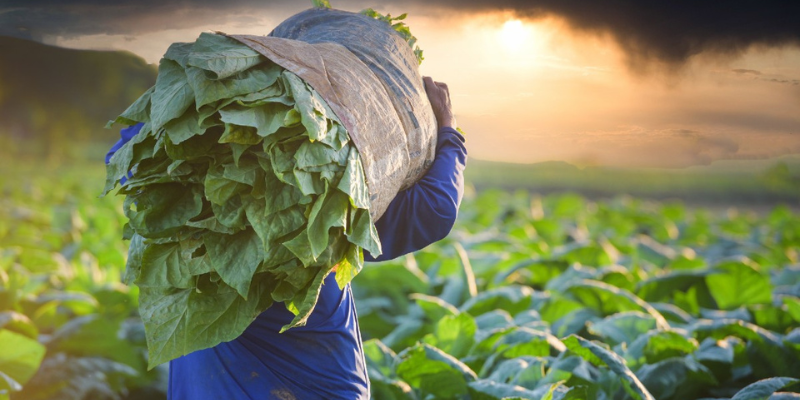
Viticulture is one of less explored farming options in our country. While it pays handsomely, it also requires diligence and patience. Zimbabwe is rarely cited as a wine producing country.
Mukuyu Winery’s Carimba variety is popular world over, giving hope that the market can rise to share the platform alongside regional giant South Africa.
But since the middle of the 20th century, the southern African nation's wine industry has been gradually evolving.
The subject of Zimbabwean wine remains low-key, as does the wine as very little if any of it is ever exported.
The industry still remains in its infancy with a small number of wineries producing wine, principally from the Chenin Blanc, Colombard and Pinotage grape varieties.
Grapevines were brought to then Rhodesia by pioneers. Commercial production dates back to the early 1960s and following trade sanctions imposed by Britain after Rhodesian independence in 1965, farmers diversified agriculture and expanded the viticultural production of the country.
From the mid-1960s, the Eastern Districts, Hippo Valley, Marondera and Mazowe Valley were found scattered with viticulture.
However, since the mid-1980's due to a myriad of reasons including land reform and political unrest, viticulture has steadily declined in Zimbabwe to remain on the shoulders of just a few staunch vignerons.
- Byo waste pickers demand recognition
- Music as vehicle of cultural exchange
- Floriculture: Diversification, opportunities for entrepreneurial farmers
- Grovelling by civil servants shameful
Keep Reading
Despite its short history, Zimbabwe's wine culture progressed as far as establishing a basic appellation system with seven designated wine-appellation regions, although there are few wine production laws to complement these. It is standard procedure to employ foreign “flying winemakers” here, particularly those from neighboring South Africa.
It was the introduction of this practice that led to the most significant forward steps in the quality of Zimbabwe’s wine. At independence in 1980, the wine industry was composed of three producers: African Distillers, Cairns Wineries and Meadows Estate.
Today, Bushman Rock Winery claim to be the only boutique winery in the country.
In the tropical climate of Sub-Saharan Africa, altitude is the most practical antidote to temperature and humidity.
In fact, most of the nation's better viticultural areas are to be found in the relatively cool highlands.
The climate type of a combination of humid sub-tropical and oceanic, means heavy summer rains, the majority of which fall in February, when most other southern hemisphere wine regions are just preparing for harvest.
This elevated humidity creates the need for intensive spraying to prevent mildew diseases, and growth regulators are used to control budding and flowering as in these warm climes the vine has no dormant period and will produce several (low-quality) crops a year.
The average annual temperature is an impressive 19,5°C (67°F), and frost can be a problem in some higher areas, particularly in July and August.
To counter the effects of high humidity and consistently high temperatures, acidification is common in Zimbabwean wineries.
Even so, off-dry wine styles are prevalent here, mostly white wines made from the aforementioned varieties as well as Cape Riesling (Crouchen). Red wines are typically round, soft styles based on Cabernet Sauvignon, Merlot and Syrah.
South Africa's flagship Pinotage variety features heavily in both locally produced wines and imported varieties.
- Gwabanayi is a journalist and a farmer in his own right. — [email protected], 0772 865 703.











